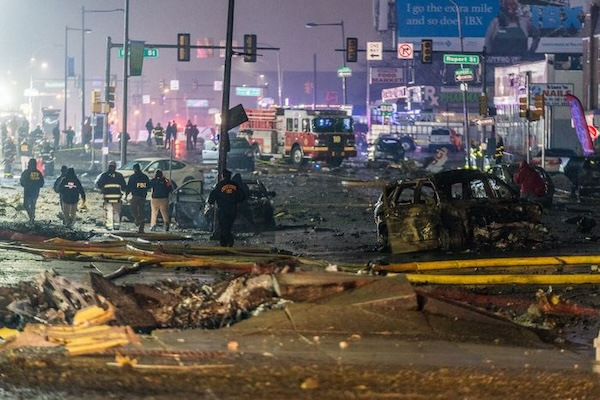How the president spoiled the F-35, America’s most popular warplane.
This article orginally ran in New York magazine on March 24, 2025.
Not so long ago, the F-35 fighter jet was the hottest ticket in the international arms market. Though it had suffered teething pains in development, going over budget by 50 percent in its first decade, Lockheed Martin’s Lightning II glowed up into a remarkably capable weapons platform. Stealthy, supersonic, and able to both dogfight and strike targets on the ground, it’s arguably the most sophisticated weapon in the U.S. arsenal and undeniably the most sought-after. As nation after nation held competitions to choose their next frontline fighter, the F-35 came in and trounced its rivals time and again. “I can’t think of a competition that it entered in Europe that it didn’t win,” says Douglas Barrie, a senior fellow at the International Institute for Strategic Studies. “Anywhere Lockheed Martin pitched the F-35, it wound up getting chosen.” Today, some 18 years after its first flight, more than 1,000 F-35s are in operation in 20 countries.
But then, earlier this month, something happened. One after another, nations that had signed up for the F-35 started voicing qualms. On March 13, Portugal’s defense minister said that the country would cancel plans to buy the plane. Then Canada’s prime minister said it would reconsider its purchase. Germany, too, is said to be wavering in its commitment to the jet.
Nothing had changed about the plane’s performance. It’s just that, in the eyes of some international customers, the F-35 can’t fully be trusted anymore because of who is the commander-in-chief. Donald Trump has an affinity for authoritarianism, has exhibited poor treatment of NATO (whose Article 5 obligates collective defense), and, in particular, has threatened to annex Greenland and Canada.
Continue reading Would You Buy a Fighter Jet From Donald Trump?








